Content
Tomatoes occupy a worthy place in the list of the most favorite vegetables. Gardeners grow tomatoes with different ripening periods. This technique is known to everyone who wants to enjoy delicious fruits all season long. The varietal base of tomatoes is so extensive that many names are known only to true fans of this plant. Mid-late and late varieties are in great demand. They tolerate summer heat well, the harvest is well stored, and when harvested, the fruits are distinguished by their strength and excellent taste. Nowadays, many new types of low-growing tomatoes have appeared - very promising, tasty, high-yielding.
Before choosing any type of tomato, you should familiarize yourself with the important criteria for choosing a variety. Be sure to pay attention to:
- Correspondence of variety to region. The importance of this parameter cannot be overestimated. After all, only tomatoes that are well suited to climatic and light conditions will fully meet your requirements.
- Soil requirements. It is also a necessary parameter, a frivolous attitude towards which makes caring for late tomatoes more problematic.In this case, the addition of additional substances and constant monitoring of the condition of the soil will be required.
- Productivity. An important factor for owners of small plots. You can get decent results in small areas by growing suitable high-yielding varieties of tomatoes. Preference should be given to hybrids with high yields. Such late tomatoes will tolerate temperature changes, lack of lighting and watering well.
- Plant disease resistance.
- Purpose of the variety and taste of tomatoes. It is not always possible to use salad tomatoes for other purposes with great efficiency. Therefore, you need to choose tomatoes that meet the request. Taste is also important. Some prefer sweet tomatoes, others like fruits with a slight sourness.
The ripening period, height and type of bush are very important characteristics. In this article we will pay attention to medium and late-ripening varieties of low-growing tomatoes.
The benefits of low-growing tomatoes
In the group of tomatoes, low-growing varieties are in the lead. This fact is easy to explain by considering the advantages of these types:
- The bush of low-growing tomatoes is standard. When growing, gardeners get rid of the need for mandatory staking and shaping of the plant.
- Unpretentiousness to growing conditions.
- The small height of the bush makes care more comfortable and convenient.
- Large selection of varieties with different shapes and colors of fruits.
- A small number of stepchildren or their complete absence.
- Consistent fruiting makes it possible to harvest compactly.
- The need for a small area of soil for planting.
- Possibility of growing tomatoes without seedlings.
In addition, late-ripening, low-growing tomatoes are stored for a long time after ripening.Many farmers prefer hybrid species. Low-growing tomato varieties are grown both outdoors and under cover. The greenhouse makes it possible to obtain a harvest from late-ripening varieties even in regions with a cold climate and short summers.
How to care for low-growing tomatoes
Short-growing tomatoes are chosen by those gardeners who do not always have time to pay enough attention to them. This may be due to the specifics of the profession, age or other circumstances. Breeders are coming to the rescue, thanks to whom it is now possible to get up to 6 kg of fruit from one low-growing tomato bush. Novice gardeners also strive to master the cultivation of low-growing varieties first. However, one should not assume that such species do not require any care.
Let us dwell on the main points of agricultural technology for late-ripening low-growing tomatoes.
It is important to stick to growing seedlings yourself from seeds purchased in specialized stores.
And this applies not only to early, but also to late varieties. The tomatoes simply will not have time to ripen and will fall under the influence of the ubiquitous late blight. If there is a large spread of this disease in the region, select medium-late low-growing tomato variety. This will help you harvest faster and in full.
Before planting in the ground, seedlings must have up to 9 leaves, a sprout height of no more than 30 cm and a well-developed inflorescence. Low-growing tomatoes are planted according to the 50x40 pattern.
With more dense plantings, the bushes are shaded, the fruits are crushed and the threat of late blight disease in tomatoes increases.At first, it is recommended to cover weak shoots. A small structure made of trellises along the beds, on which film or spunbond is thrown, helps very well. As soon as the temperature reaches the desired level and becomes stable, the film is removed. The spunbond can be left for a while longer if the nights are cold.
The seedless method also has its advantages. Firstly, it saves time and effort required to grow seedlings. Secondly, it does not require additional equipment. In early April, the seeds are sown in the ground and covered with a double layer of film or spunbond. Late ripening varieties sown 10-14 days later. With this method of sowing, the seedlings quickly catch up with those grown in the room. The quality of the seedlings will be much better - such tomatoes are always stronger and healthier. The only operation that will have to be done is thinning. After removing the cover, caring for tomatoes is no different from the classic one. The disadvantage of this method is that fruiting will begin 2-3 weeks later. To reduce this inconvenience, gardeners combine both types of growing low-growing tomatoes.
If necessary form and pruning low-growing tomato bushes? Experienced gardeners always plant tomato plants to prevent excessive shading, the development of diseases and rot. Especially during the cold and rainy summer. For the same reason, many people tie up low-growing varieties. It is easier to care for tied bushes, the plants are well ventilated and illuminated by the sun, the fruits do not touch the ground and remain clean.
Another technique that helps to get a high-quality harvest of low-growing tomatoes is mulching. Straw, pine needles, and mown grass are used.
The mulch is laid in a thick layer on moist soil, leaving an open zone at the root collar of the plant. This prevents the stem from rotting.
They try to process low-growing tomatoes using safe folk remedies. Poisons are used in extreme cases.
Choosing the best variety
Early ripening low-growing tomatoes
All gardeners plant it, except for lovers of tall varieties. However, many are interested in a later harvest date. Let's consider the mid-late species.
"Rio Grande"
An excellent mid-late variety with medium-sized fruits, a sweetish taste and dense pulp. Highly valued by tomato lovers for its high yield and unpretentiousness. Grows well in any soil and even in indoor pots. The harvest begins after 120 days.
- Bush. Compact, moderately leafy. Mature plants reach a height of 70 cm. Does not require shaping, pinching, or staking. It can be done solely for aesthetic purposes.
- Fruit. The size is medium, weight is about 115 g. According to reviews, they have a pleasant aroma, are meaty and tasty. There are few seeds in the tomato, the flesh is quite dense and juicy. The shape resembles a plum fruit, the tomato is perfectly preserved during transportation and storage, and does not crack. The beauty of tomatoes is the reason that they are consumed equally both fresh and prepared.
The popularity of the variety of low-growing tomatoes is ensured by its advantages:
- Easy to care for. Small mistakes in agricultural technology do not affect the development and fruiting of tomatoes.
- Excellent storage capacity. Fruits are good ripen even after harvest from the garden.
- Long and abundant fruiting.
- Resistance to diseases and drought.
The average juiciness of the tomatoes is considered a minor drawback, but it is compensated by the wonderful taste of the fruit.
The variety is grown by seedlings and direct sowing in the ground. The modern low-growing tomato "Rio Grande" has a lot of improved properties compared to its predecessor.
"Titanium"
Medium-late quality variety of low-growing tomatoes. The fruits are ready for harvest after 135 days. It is highly valued among amateurs for its compactness and small size of the bush, which allows it to be grown at home and on the balcony. An adult plant has a height of no more than 50 cm. It grows well in any type of soil, the variety is resistant to fungal and other common tomato diseases.
The fruits are round and small in size (up to 120 g). It tolerates transportation and storage well even in cool rooms. Grows better in open ground in the southern regions. In cool climates, to obtain a good harvest, it is recommended to plant in closed ground. With proper care, the yield from one bush reaches up to 4.5 kg. The fruits are very beautiful, suitable for all types of preparation and preservation. The main advantages of mid-late tomatoes "Titan":
- good productivity, stable fruiting;
- plant resistance to diseases;
- the ability to grow in a very small area;
- excellent product and taste qualities;
- ability to withstand moisture deficiency.
Among the disadvantages, tomato lovers consider:
- negative reaction to a sharp drop in temperature;
- nutritional requirements at the beginning of growth;
- late ripening of fruits for cool regions.
In order for mid-late Titan tomatoes to delight you with a good harvest, you need to know the nuances of the variety’s agricultural technology.There are always so many fruits on the branches that the plant has to be tied up. The barrel may not withstand heavy loads. During the period of active growth, it requires fertilizing. Phosphorus and potassium are the most important for tomatoes. Increased humidity increases susceptibility to late blight. By changing the conditions, the disease can disappear. Treatment with Fitosporin gives good results. If there are beds with potatoes nearby on the site, the Colorado potato beetle will also visit the tomatoes. Therefore, preventive measures should be taken immediately.
Late representatives of low-growing tomatoes
There are low-growing tomatoes and late ones. Such varieties are sensitive to low temperatures, so they give a good harvest without shelter in warm regions. Such late tomatoes are grown in seedlings to shorten the growing season in open ground. Among the most popular types it is worth noting:
"Finish"
A worthy representative of late-ripening tomatoes with a small height. The harvest is harvested after 130 days. The bush is slightly leafy, grows up to 70 cm. The compactness of the plant allows the variety to be grown in small areas. Fruits of excellent taste and rich red color. The pulp is juicy, the skin is of good density, which prevents the tomatoes from cracking. The weight of one tomato is quite small - 90 g, but its even round shape makes the variety very attractive.
The following are considered good parameters for the Finish tomato:
- possibility of planting in different soils;
- ability to resist verticillium;
- stable yield;
- good transportability and keeping quality;
- nutritional value.
Seedlings of late-ripening “Finish” tomatoes are planted according to a 50x40 pattern in open ground, maintaining a planting density of no more than 8 plants per square meter of area. In the future, the plants require regular care - watering, loosening, weeding, fertilizing with mineral compounds.
"Abakan pink"
A very famous variety of late tomatoes. Most often grown in greenhouses, where it reaches large sizes. And when planted in open ground, the height of the bush does not exceed 70 cm. The advantage of the variety is extended fruiting, which allows you to obtain a harvest for a long time.
The open-air yield is more than 5 kg of tomatoes of excellent taste. In addition, large fruits are very beautiful in appearance. The pink color and heart-shaped shape make the variety very attractive. Among the original fruits there are also representatives with a regular round shape. The weight of one tomato can reach 300 g, which is very valuable in preparing salads.
“Abakan pink” also gained fame for its good immunity. It is rarely affected by diseases, so it should not be treated with chemicals. If you happen to notice signs of illness, try folk remedies. Be sure to monitor the appearance of Colorado potato beetles. They can harm tomatoes in the fall. During this period, they are attracted to unripe fruits due to the lack of other food.
"Rocket"
An excellent determinate, standard variety. It has not only a compact bush, but also a root system. After 130 days from the moment of planting the seedlings, the fruits are ready for consumption. The height of the bush does not exceed 65 cm. The fruits are red, slightly elongated, small, and sweetish. The weight of one tomato ranges from 40 to 60 g. Advantages of late-ripening “Rocket”:
Ideally tolerates transportation. This characteristic is valued by farmers.
Stable yield. If basic care requirements are met, up to 2 kg of fruits are collected from each bush. With a planting density of 5 plants per square meter, we get up to 10 kg from the same area.
Short stature. Allows you to plant late-ripening tomatoes even on the balcony and in greenhouses.
Good resistance to any type of tomato rot.
Possibility of mechanical harvesting of fruits.
If we analyze the qualitative characteristics of this variety, then the combination of short stature and yield is worth noting as a feature of “Rocket”.
Some gardeners prefer to plant tomatoes indoors. Except tall tomatoes, varieties with small bush sizes are often grown in the greenhouse. It is important not to plant these two species next to each other, so that tall plants do not shade their smaller counterparts.
Dwarf varieties
Among the low-growing tomatoes, a separate group is distinguished, which contains plants with a very low bush height. This is the so-called dwarf variety. Such tomatoes grow no higher than 60 cm in adulthood. Most types of dwarfs belong to early ripening tomatoes. They are grown not only in open ground, in a greenhouse, but also on the balcony, in pots or in small containers. Another great advantage of dwarf tomatoes is that they do not need to be planted. Among the dwarfs, it is worth noting the mid-late varieties, which have earned the recognition of gardeners. Varieties such as "Sweet Sue", "Wild Fred".
Bred by American breeders. They are unpretentious to growing conditions and tolerate climatic fluctuations and lack of watering.Suitable for growing at home, the height of the bush does not exceed 60 cm, the average yield is up to 4.5 kg per bush.
Conclusion
Late-ripening tomatoes are usually grown by daring gardeners. Such varieties produce yields much higher than others, have excellent storage ability, are resistant to common tomato infections, and are very tasty. Many surpass the most popular early varieties in this parameter. Some varieties tolerate even light frosts well. Low-growing, late-ripening varieties relieve summer residents from the constant construction of supporting devices. The only drawback of late-ripening tomatoes is the possibility of infection with dry rot. This is due to the late harvest and increased humidity during this period.
To ensure that this problem worries you as little as possible, seedlings should be planted earlier than the recommended time. Best of all, early or mid-May. It is necessary to calculate the time for sowing seeds so that by this time the plants are large enough. As soon as you try to grow late, low-growing varieties of tomatoes on your plot, they will become your permanent favorites.
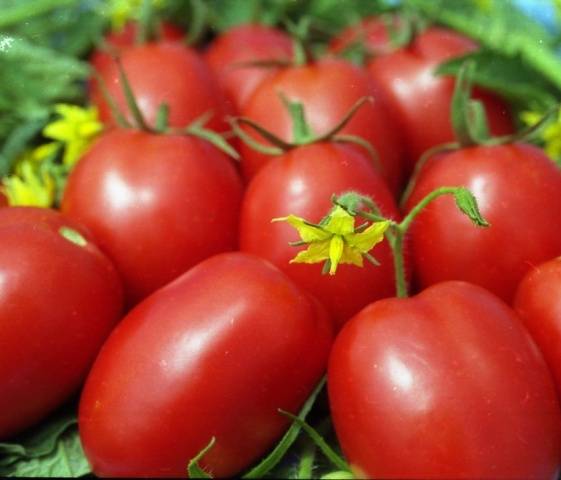
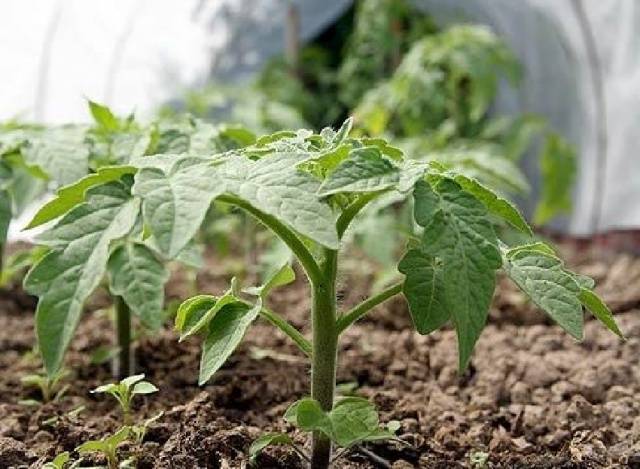
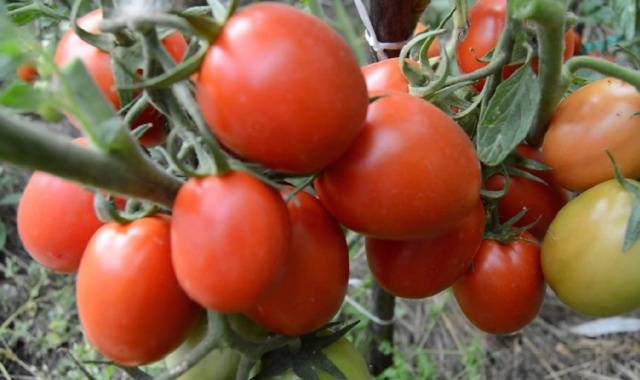
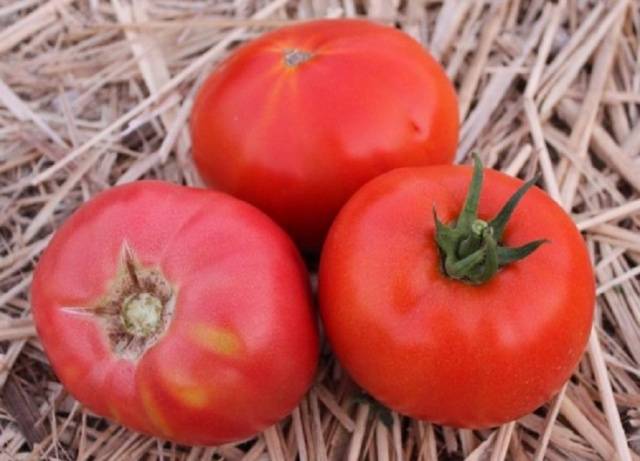
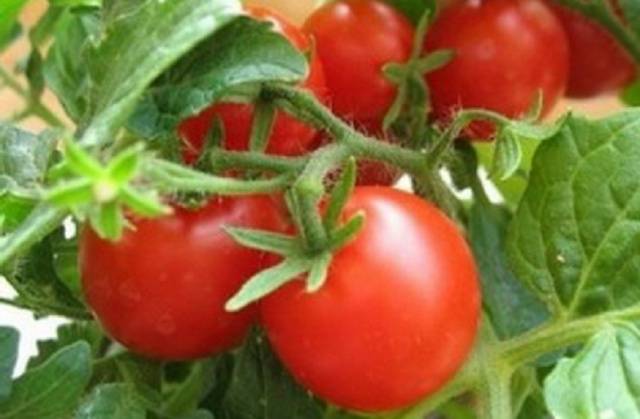
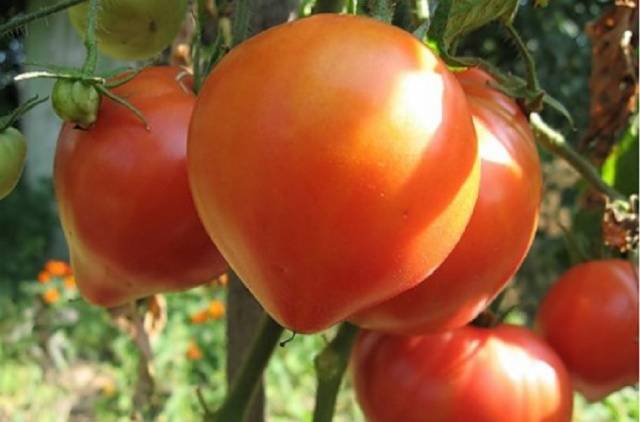
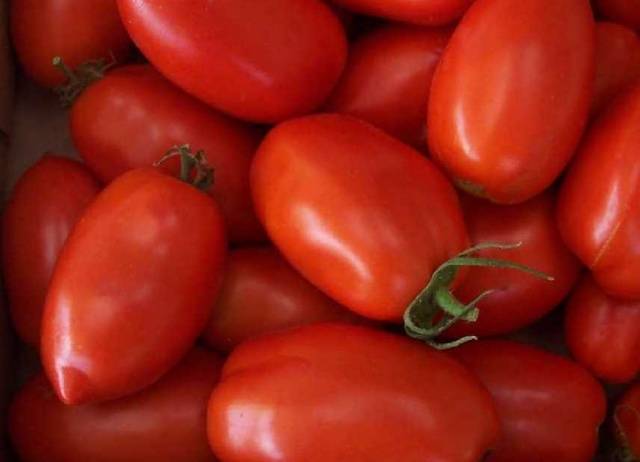
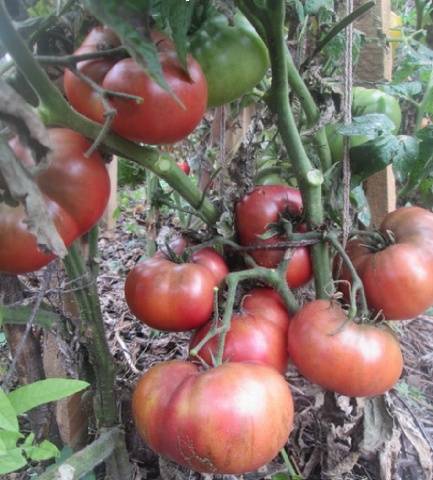
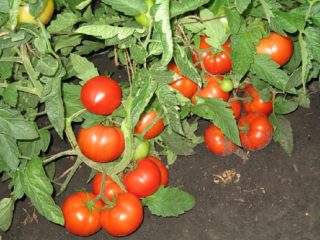
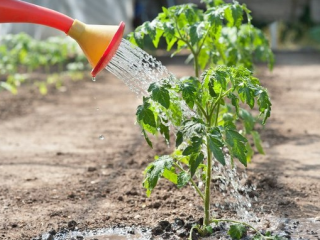


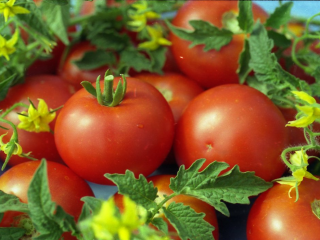

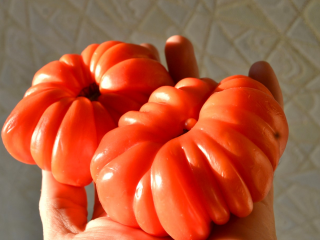
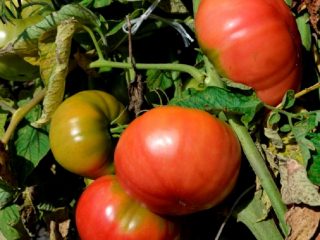
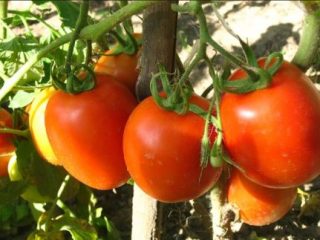
where to buy Rio Grante and Finish seeds